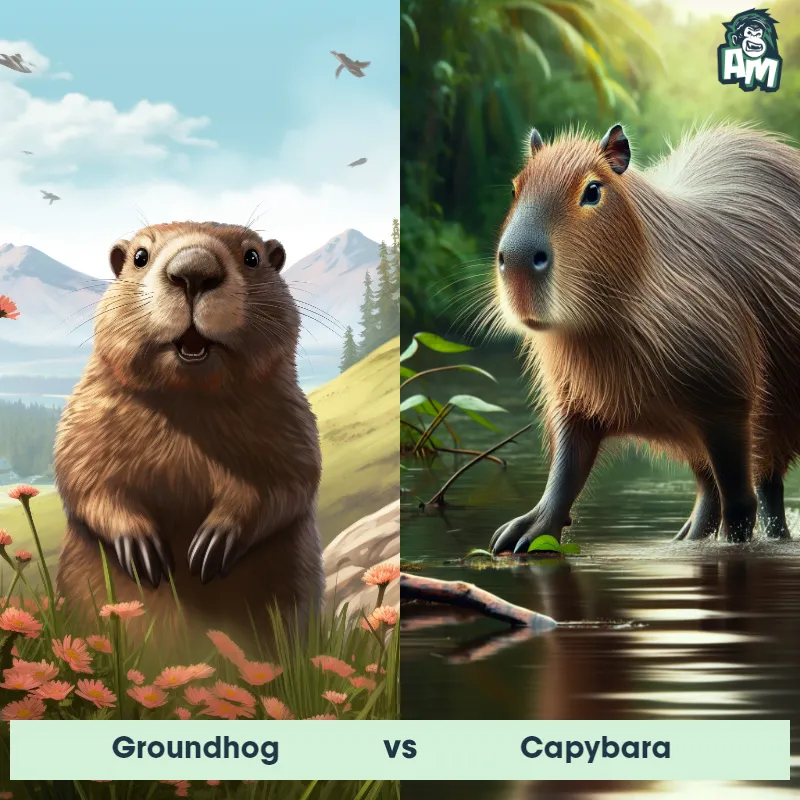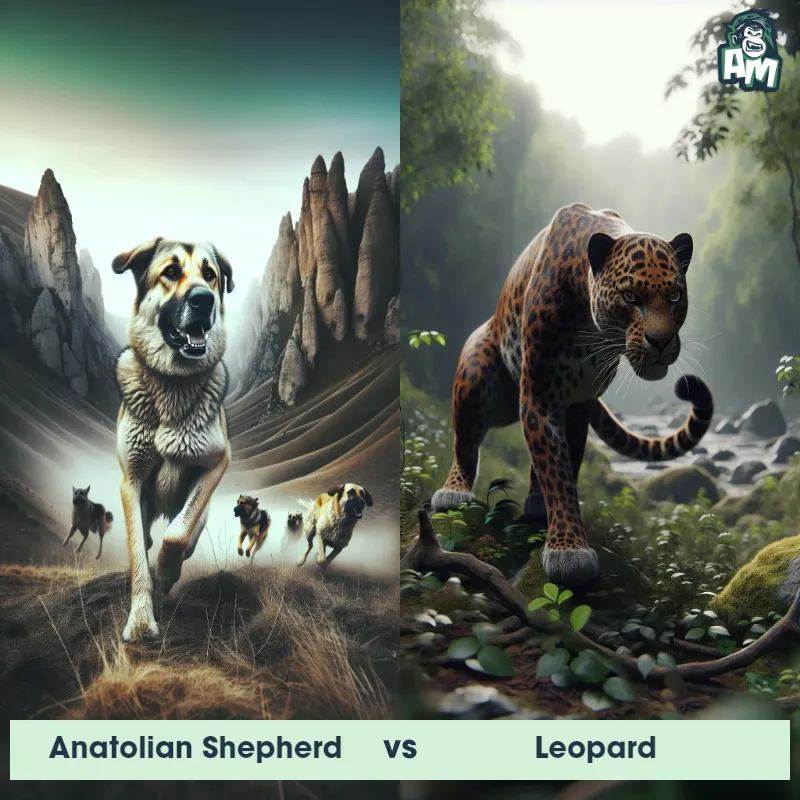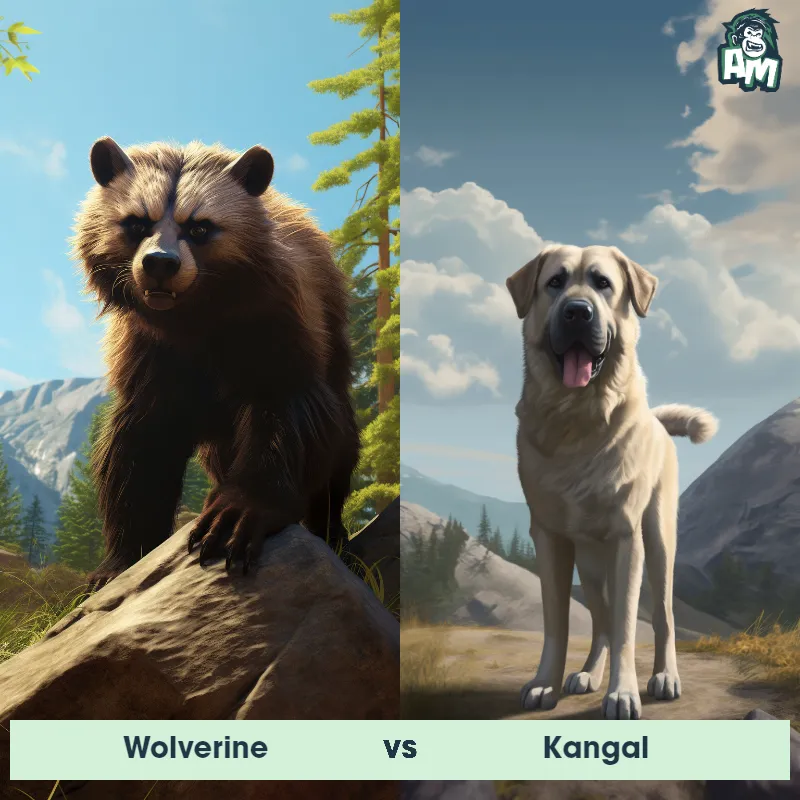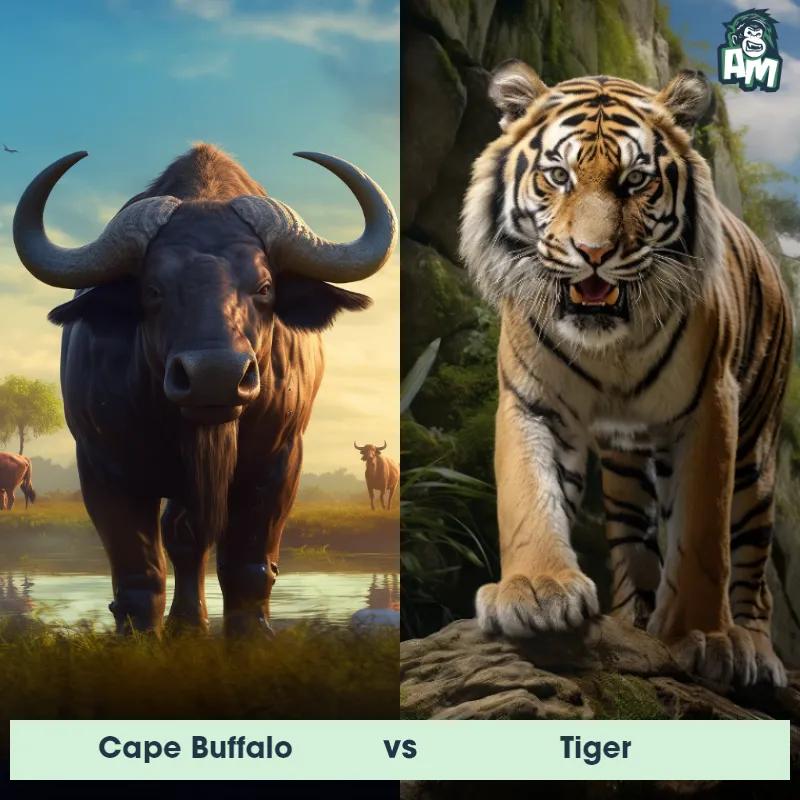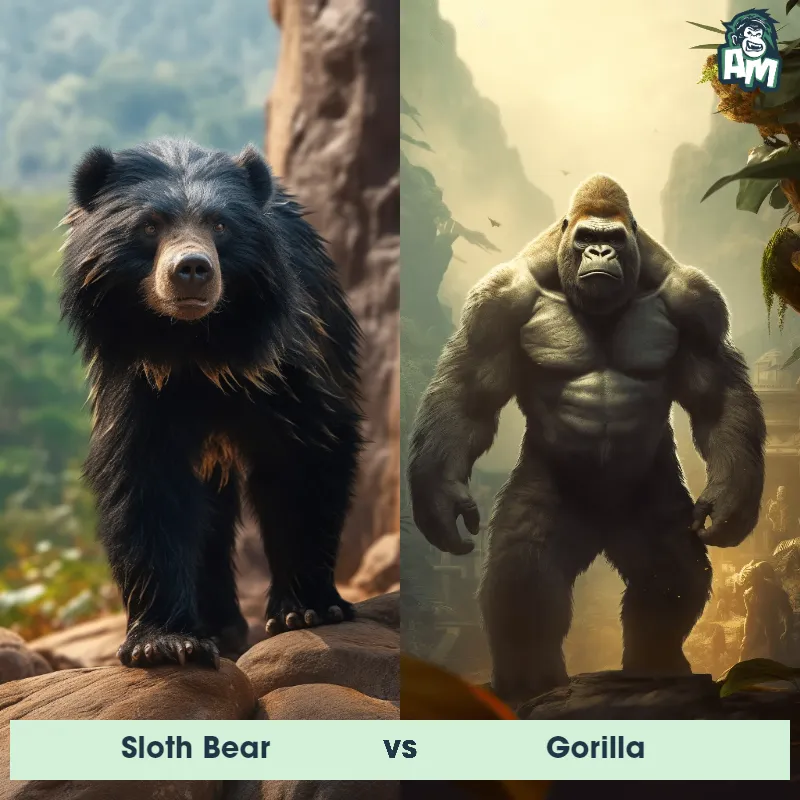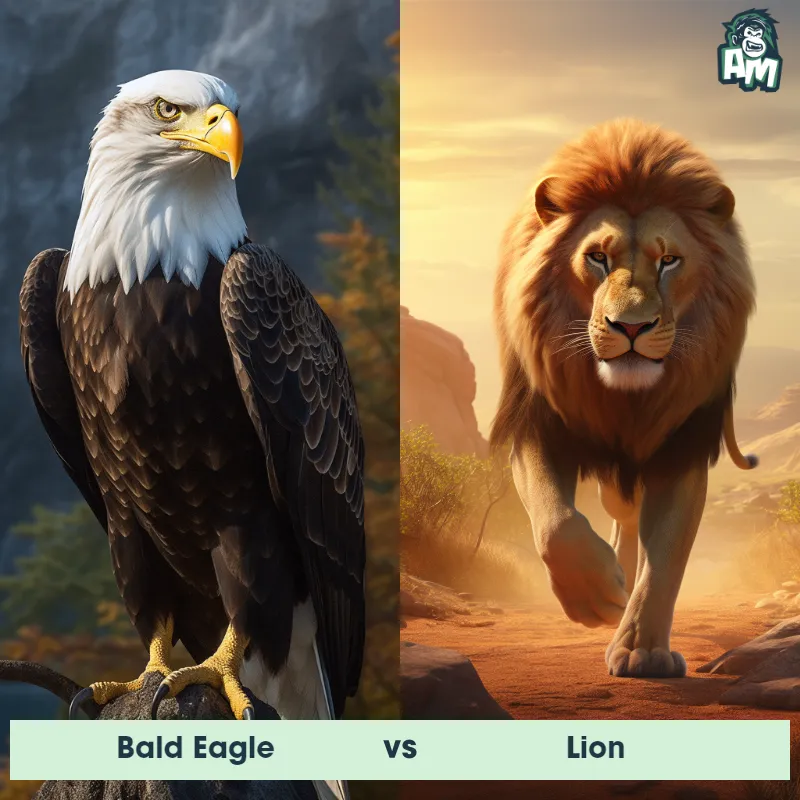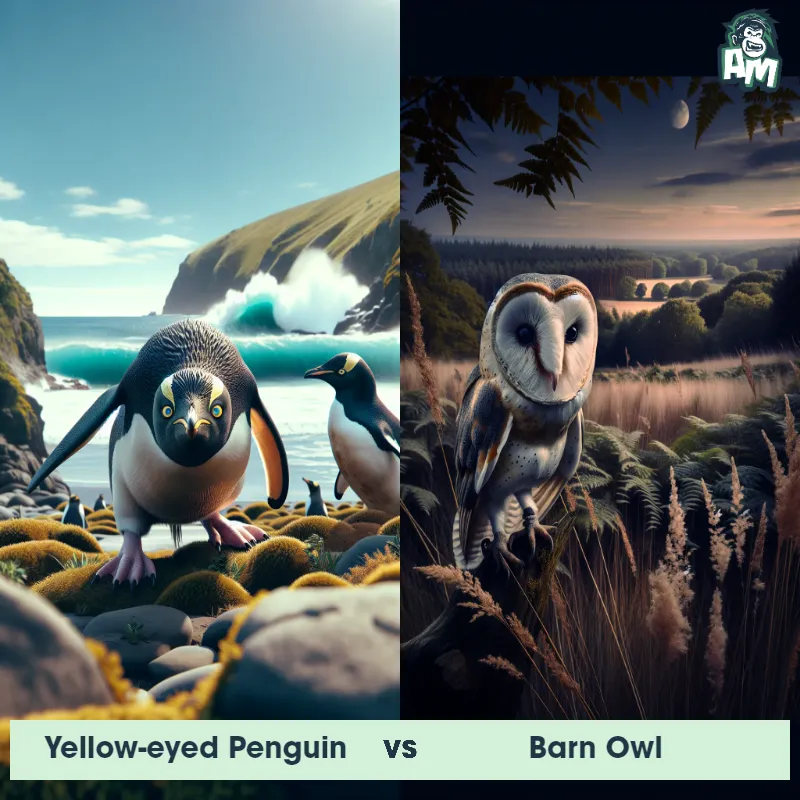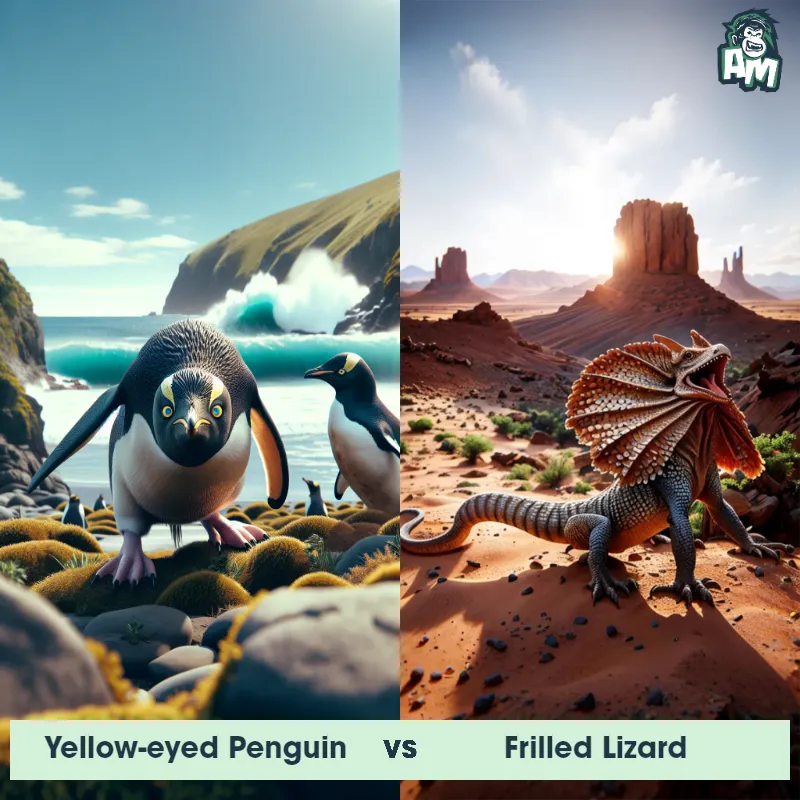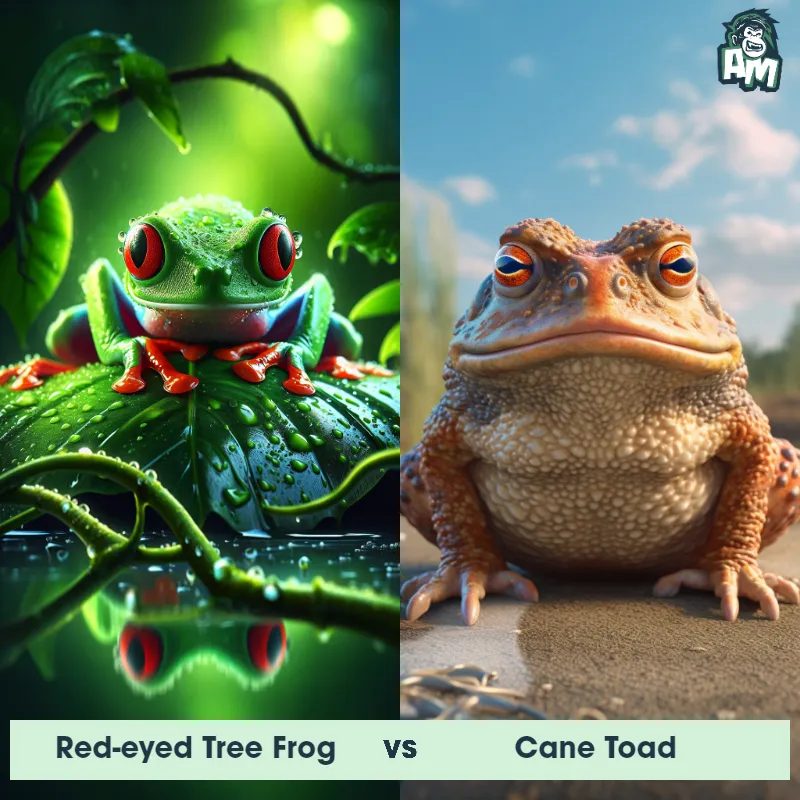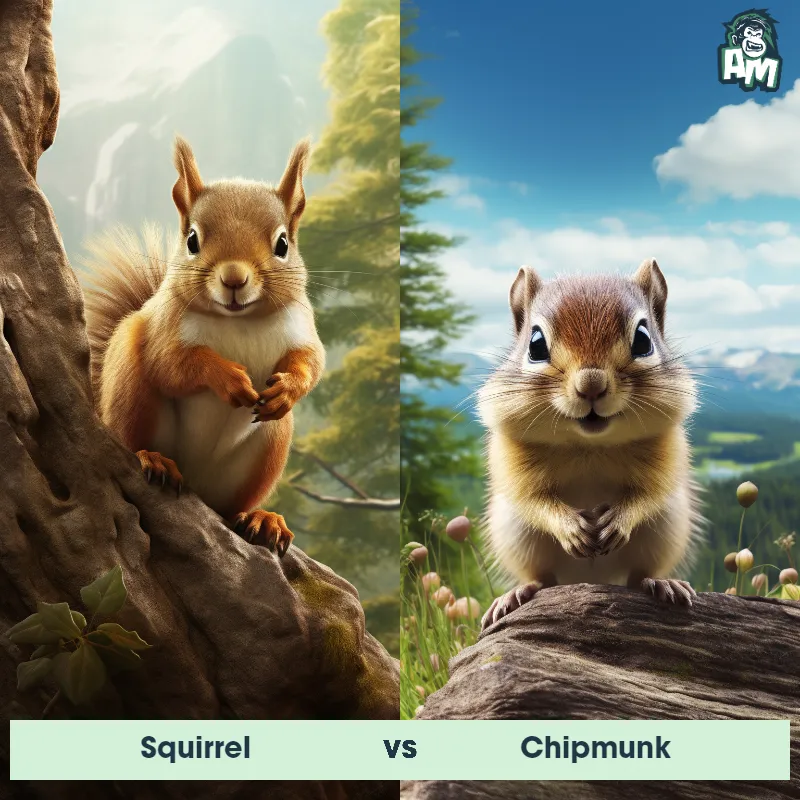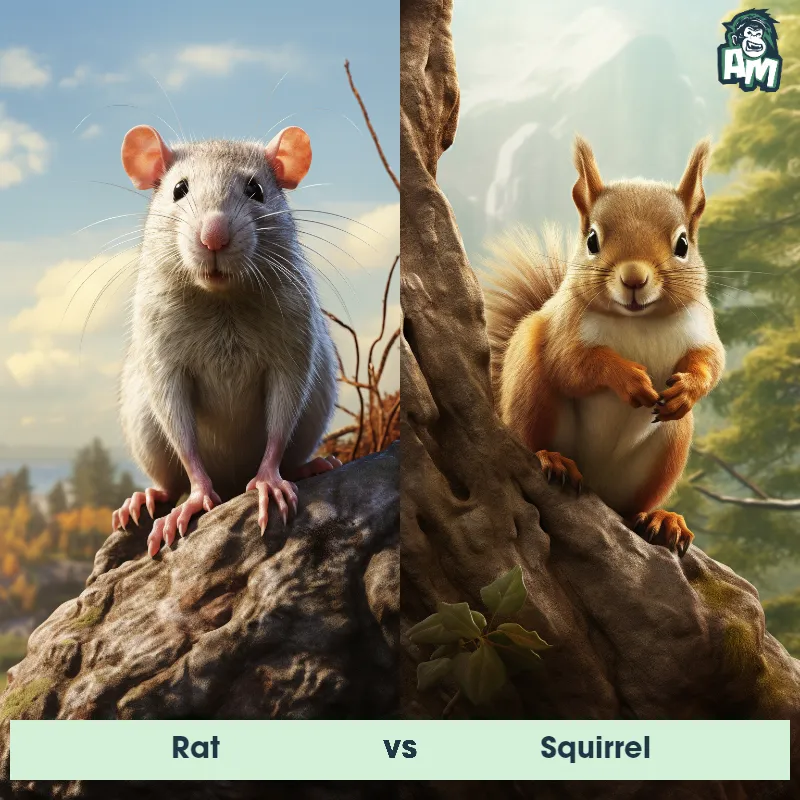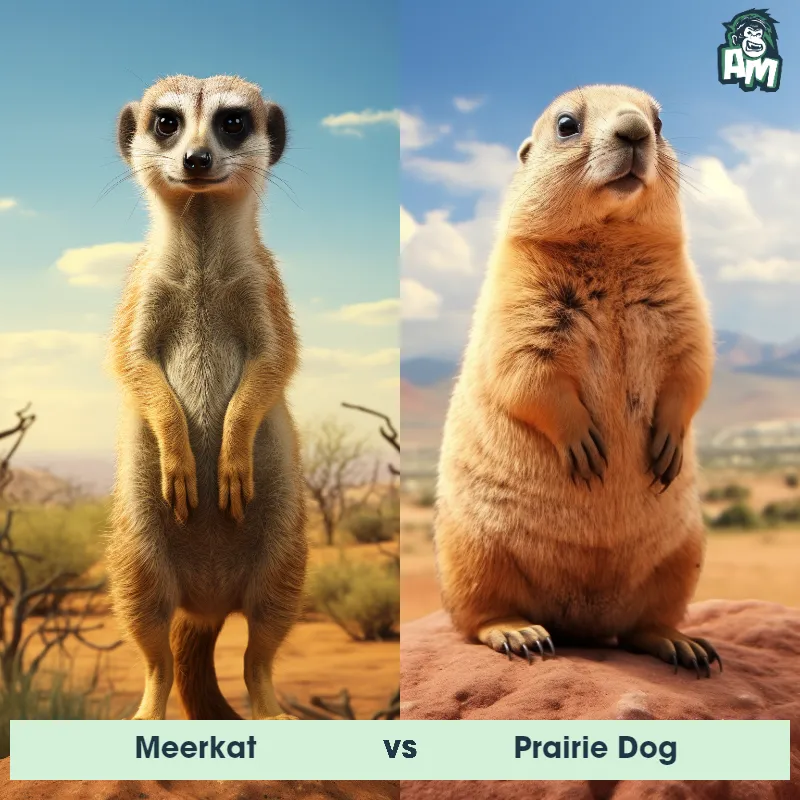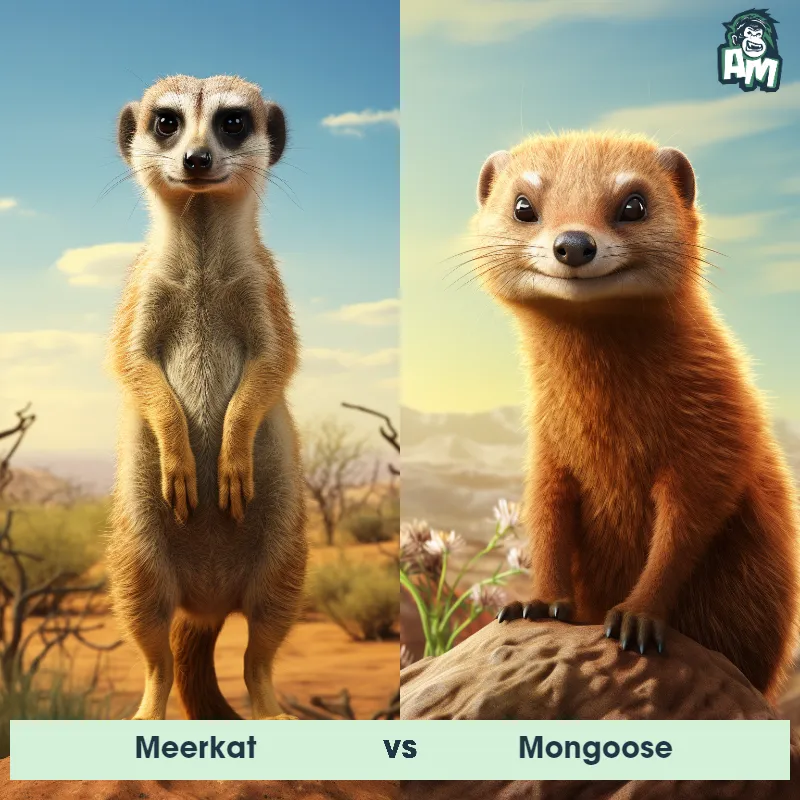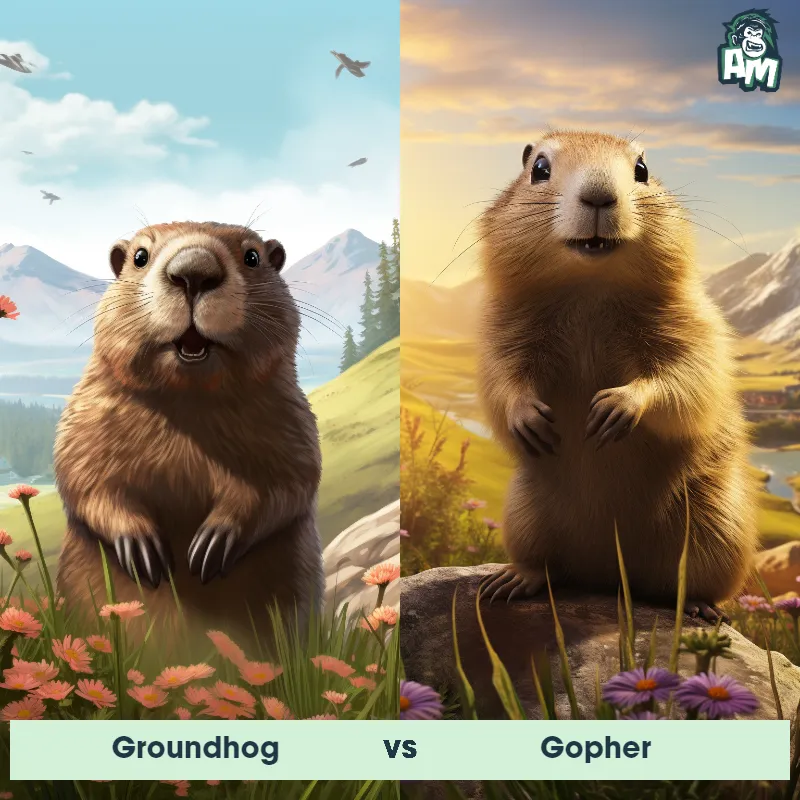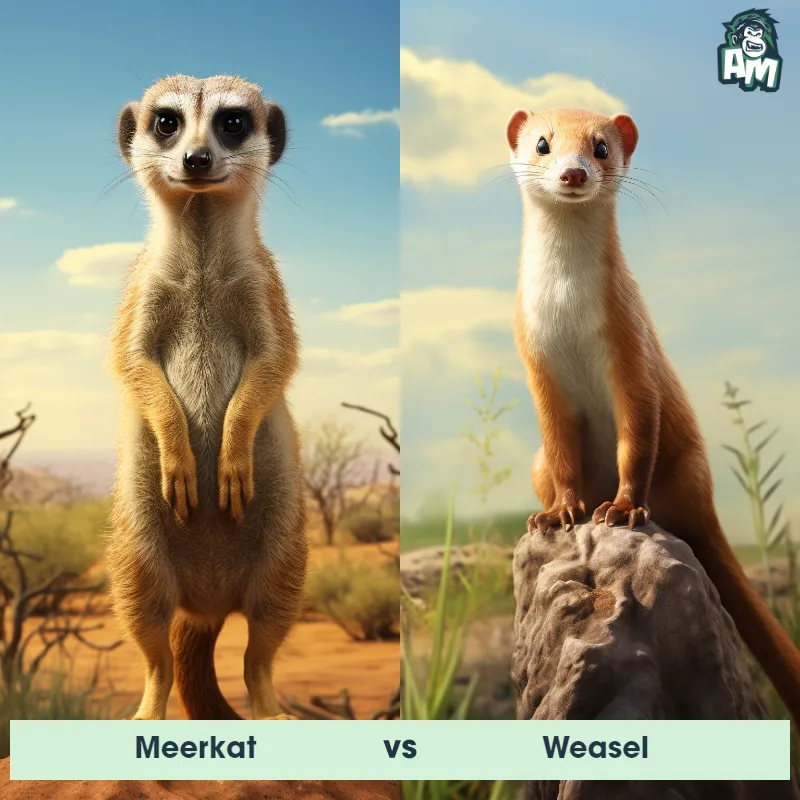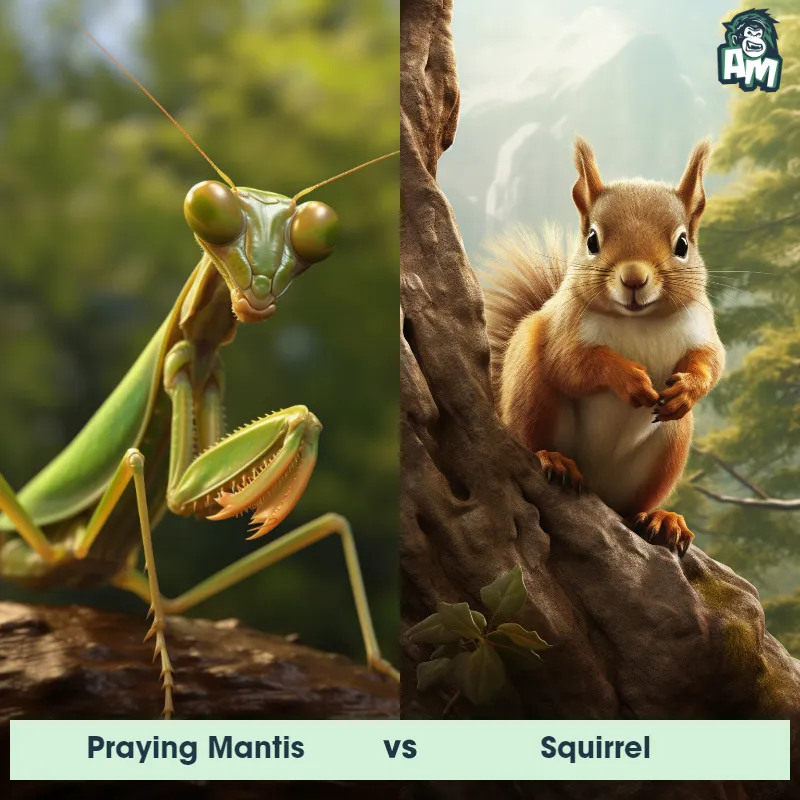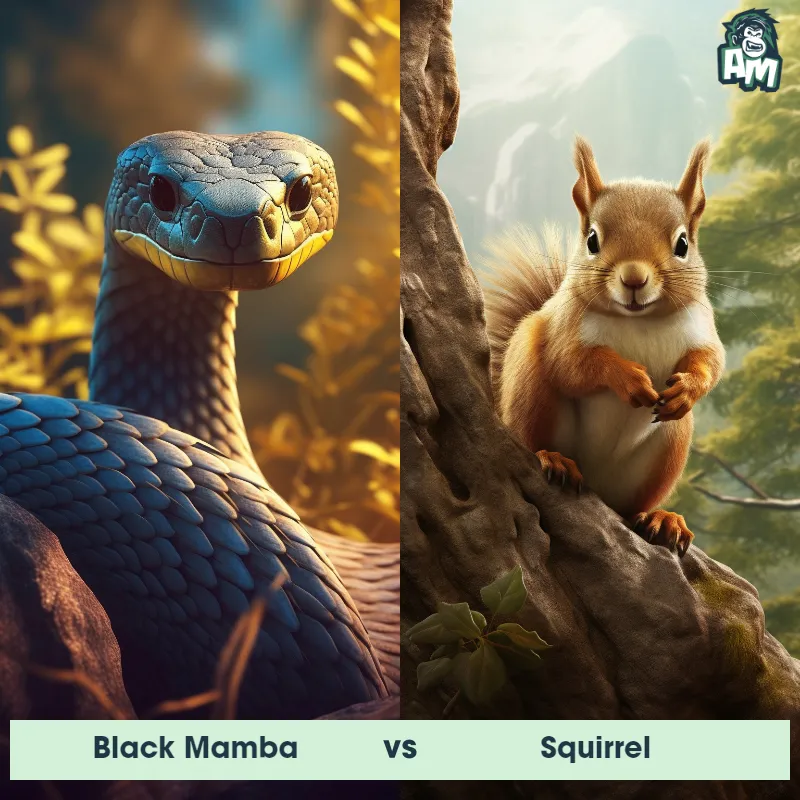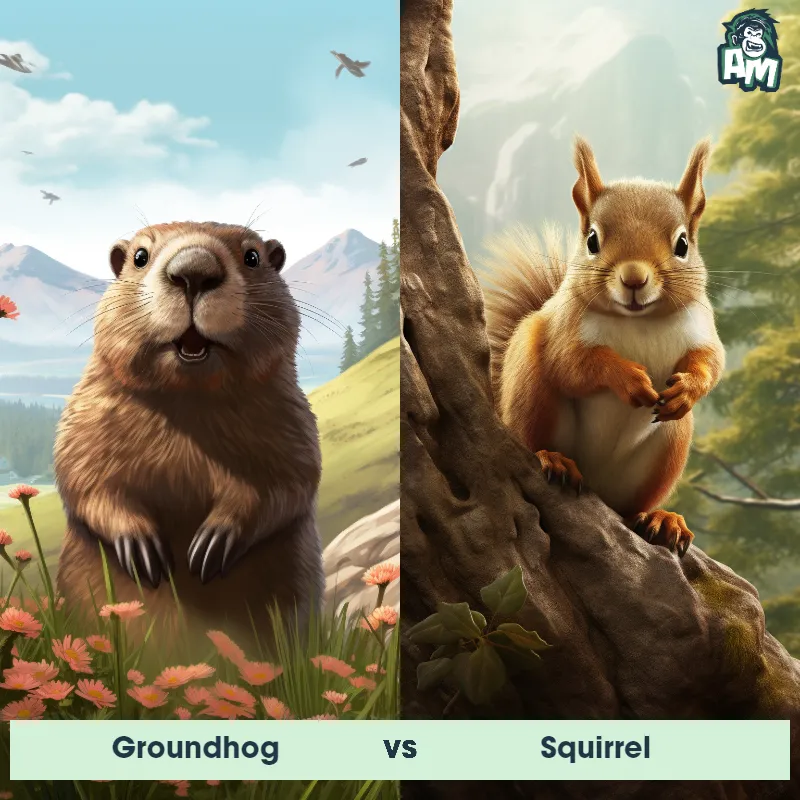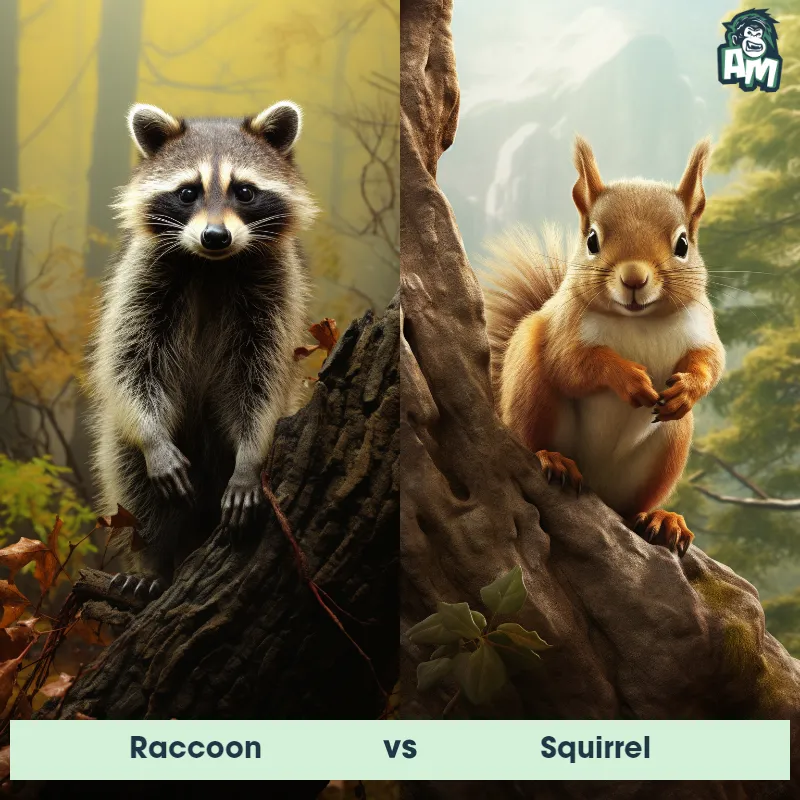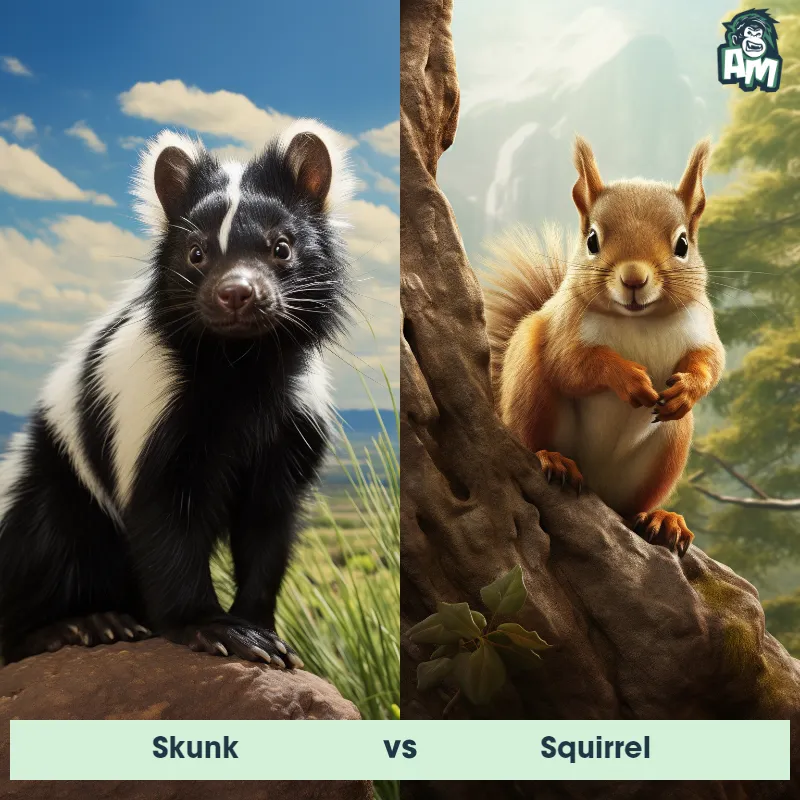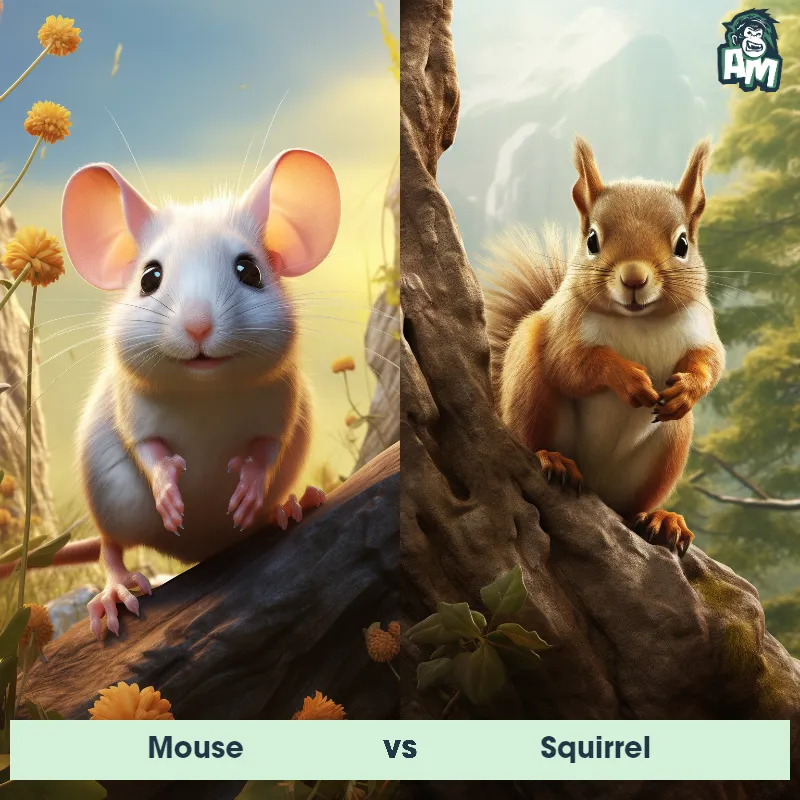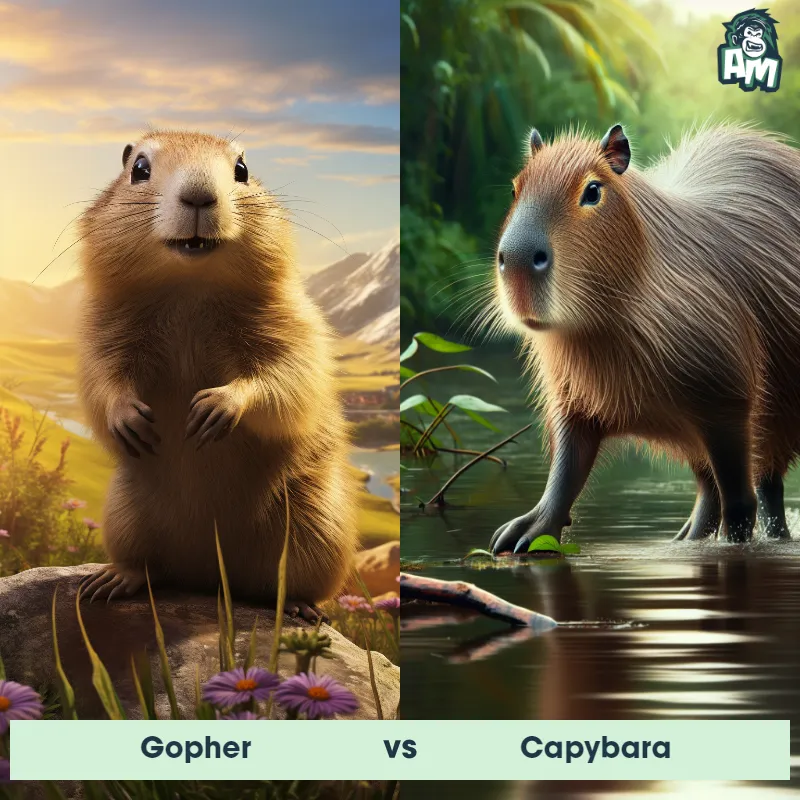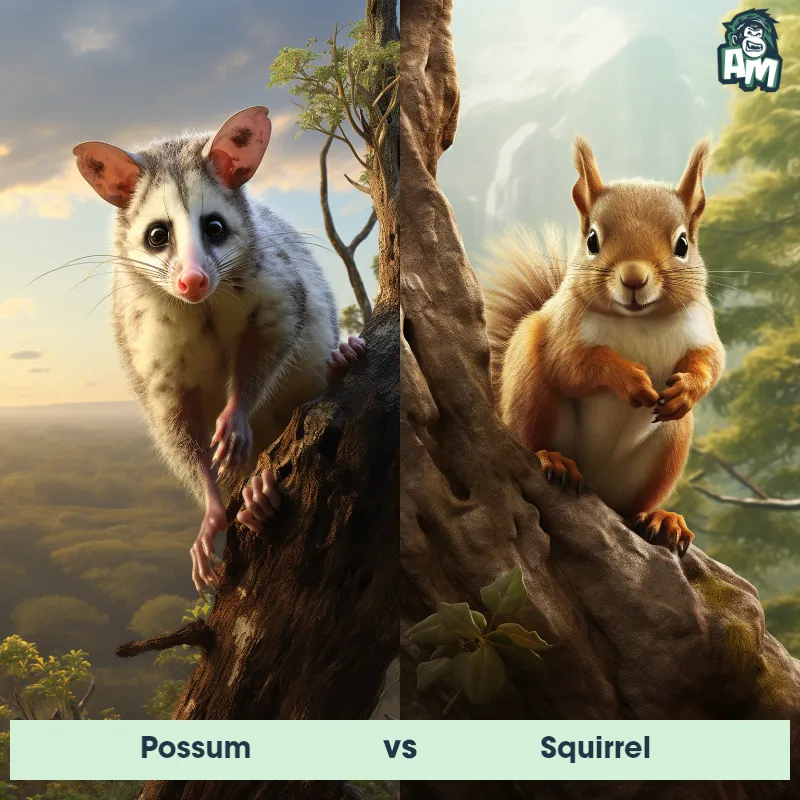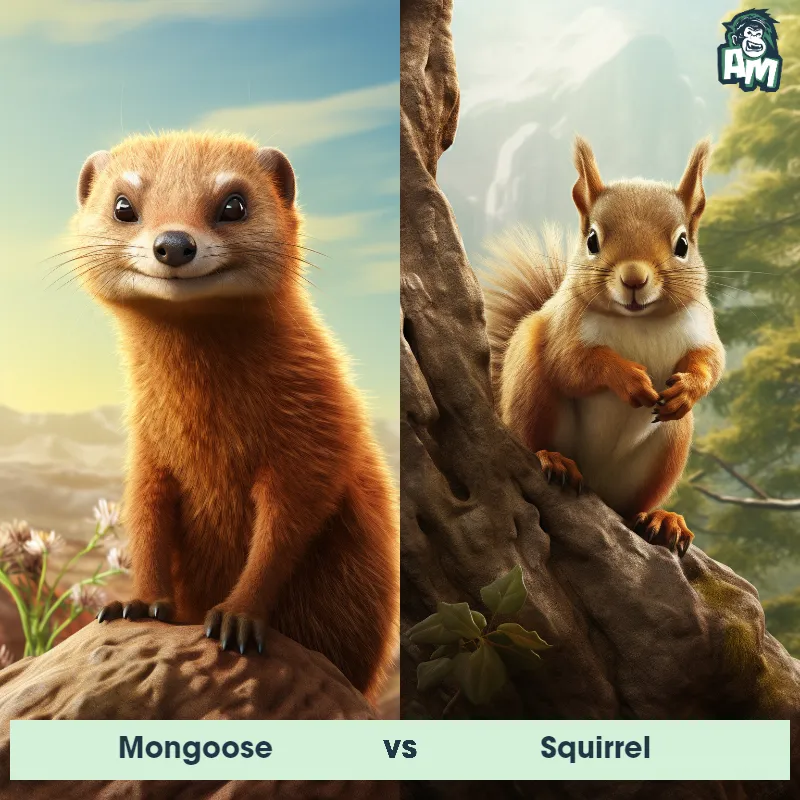Meerkat vs SquirrelSee Who Wins

Ladies and gentlemen, welcome to this ferocious showdown between two agile contenders in the Animal Matchup arena! We've got a Meerkat going whiskers-to-tail with a Squirrel in what promises to be a pulse-pounding three-round duel. Get ready to witness nature's ferocity in full display!
Contender 1: Meerkat
The Meerkat, a member of the mongoose family, is a small mammal known for its upright posture and social behavior. Meerkats are characterized by a slender, elongated body that can measure up to 14 inches, excluding the tail, which is around 10 inches long. They have a light gray to brown coat with darkly lined eyes that help protect against the sun's glare. Living in groups called clans or mobs, Meerkats reside in complex underground burrows in the arid regions of southern Africa, and their diet primarily consists of insects, spiders, and small mammals.
Fun Fact: Meerkats have a unique system of rotating tasks within their group, with some serving as lookouts for predators while others forage for food, showcasing a high level of social organization.
Contender 2: Squirrel
The Squirrel is a small to medium-sized rodent, known for its bushy tail and agile climbing abilities. They have a slender body covered in soft, silky fur and vary significantly in color, from red and brown to grey and black, depending on the species. Squirrels are arboreal creatures, meaning they spend a significant amount of time in trees, where they forage for nuts and seeds, their primary diet.
Fun Fact: Interestingly, squirrels plant thousands of new trees each year simply by forgetting where they buried their acorns and nuts, playing a crucial role in forest regeneration.
Matchup Stats
| Meerkat | Squirrel | |
|---|---|---|
| Size | 14 inches (35.56 cm) | 5-20 inches (13-51 cm) |
| Weight | 1.5 lbs (0.68 kg) | 0.5-1.5 lbs (0.2-0.7 kg) |
| Speed | 20mph (32km/h) | 12 mph (19 km/h) |
| Key Strength | Immunity to certain types of venom | Agility and Speed |
| Biggest Weakness | Small size and lack of physical strength | Small Size and Lack of Defensive Weapons |
Current Votes
Meerkat vs Squirrel
See Who Wins
View More Matches
Looking For More?
Similar Matches
Scientific Stats
| Meerkat | Squirrel | |
|---|---|---|
| Scientific Name | Suricata suricatta | Sciuridae |
| Family | Herpestidae | Rodentia |
| Habitat | Arid regions, savannas, and grasslands | Forests, Woodlands, Urban and Suburban Areas |
| Geography | Southern Africa | Worldwide except Antarctica |
| Diet | Insects, spiders, and small mammals | Nuts, Seeds, Fruits, Insects, and Occasionally Bird Eggs |
| Lifespan | 12 years - 14 years | 5 years - 12 years |
Key Differences between Meerkat and Squirrel
- Size: Meerkats are smaller than squirrels, with an average length of 10-14 inches, whereas squirrels typically measure 8-10 inches in length, not including the tail. 2. Body shape Meerkats have a slender, elongated body with short limbs and a long, thin tail, while squirrels have a more compact body with agile limbs and a bushy tail.
- Coloration: Meerkats have a sandy or tan coat with distinct dark patches around their eyes, whereas squirrels exhibit a wide range of color variations, including red, gray, brown, and black.
- Facial features: Meerkats have a pointed snout with small, rounded ears, and their eyes are surrounded by dark patches, whereas squirrels possess a more rounded snout, prominent ears, and their eyes lack distinctive markings.
- Social behavior: Meerkats are highly social animals that live in groups called mobs or colonies, while squirrels are generally solitary or form loose associations, particularly during mating seasons.
- Habitat: Meerkats inhabit dry, open grasslands and deserts of southern Africa, often living in burrows, while squirrels are found in various forested habitats worldwide, including deciduous, coniferous, and tropical forests.



